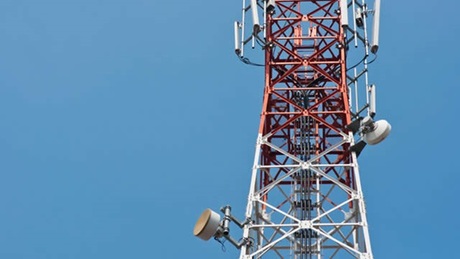Top telcos bid big for 1800 MHz band

Optus, Telstra, TPG and Vodafone have all emerged winners in the auction for 1800 MHz band spectrum, together spending approximately $543.5 million in a bid to secure regional licences.
The auction was held to reallocate 725–1785 MHz and 1820–1880 MHz spectrum in regional Australia as well as residual spectrum that had become available after the reissuance of expiring licences.
“There was very strong competition among all bidders, with the auction running over 29 working days between November 2015 and February 2016. Strong bidding resulted in the majority of lots on offer being sold for an amount that exceeded our expectations,” said Australian Communications and Media Authority Chairman Chris Chapman.
The auction, which ran over 179 rounds, enabled bidders to identify and place bids on spectrum within the band in geographical areas they valued most.
For the Regional 1800 MHz spectrum, lots were offered in 12 geographic regions with each lot including 5 MHz in the lower part of the band (1725–1785 MHz) paired with 5 MHz in the upper part of the band (1820–1880 MHz).
“With previously unallocated 1800 MHz spectrum in regional areas now in the hands of mobile broadband service providers, the auction should enable improvements to the availability and performance of 4G telecommunications services right across regional Australia,” added Chapman.
1800 MHz spectrum is already used extensively in Australia’s major cities, a spectrum in demand globally for 4G Long Term Evolution (LTE) deployment, and is compatible with the vast majority of 4G devices currently used in Australia.
Optus was the highest bidder ($196 million), closely followed by Telstra ($191 million), and then TPG ($88 million) and Vodafone ($68 million).
Optus CEO Allen Lew said the acquisition means Optus is well placed to expand its 4G network coverage to more places around Australia.
“When combined with our existing assets, this additional spectrum allows Optus to support Australia’s growing demand for data services in regional Australia,” said Lew.
“The use of common frequencies between metropolitan and regional areas will help reduce dead zones across urban and rural boundaries, and give customers a seamless 4G experience when they’re on the go.”
A table detailing who secured which spectrum lots and where is available on the ACMA website.
Fleet comms enhanced for Alaskan fishing company
Inrico has delivered a customised communication system to the company, addressing the unique...
ACMA releases latest five-year spectrum outlook
The ACMA has released its Five-year spectrum outlook (FYSO) 2025–30, providing an overview...
It is possible to beam up quantum signals, scientists find
Quantum satellites currently beam entangled particles of light from space down to ground stations...




